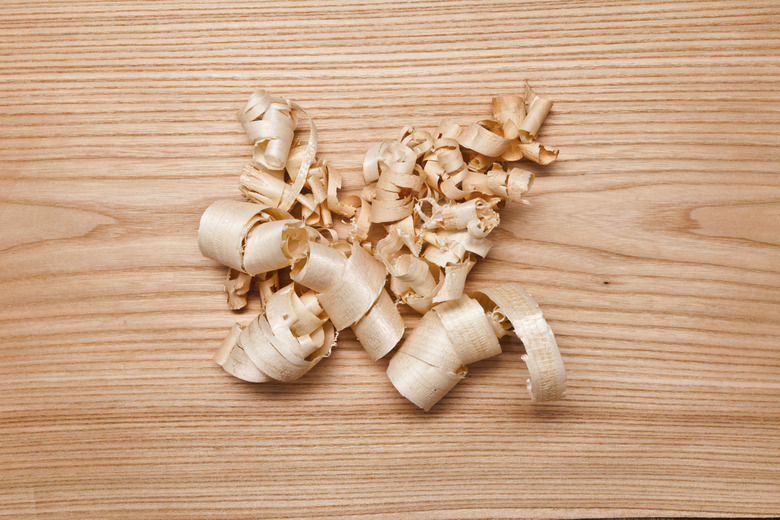Properties Of Ash Wood
True ash trees all fall into the same genus called Fraxinus. These trees are flowering plants, also known as angiosperms, and are closely related to both lilac and olive plants of the Oleaceae family.
Ash wood is a key part of the lumber industry thanks to its strength, lightweight nature, shock resistance and beautiful aesthetics. It's often used in woodworking, construction and sporting goods for these reasons as well.
Ash Classification
Ash Classification
As previously stated, ashwood trees all fall under the same genus Fraxinus. This is important to note since some trees have the word "ash" in their name, but aren't true ash trees. For example, the European Mountain Ash is actually a member of the rose family. Another example is the prickly ash, which is actually a shrub related to the citrus family of plants.
The main types of ash wood you will come across in building, construction and for general human use is wood from the white ash (Fraxinus americana) and the black ash (Fraxinus nigra). There are other species of ash tree as well, including European Ash (Fraxinus excelsior), Oregon Ash (Fraxinus latifolia) and Green Ash (Fraxinus pennsylvanica).
Common Uses for Ash Wood
Common Uses for Ash Wood
Ash is commonly used in construction of furniture, cabinets, flooring, millwork and moldings. It's also used quite often to create sporting equipment such as oars, baseball bats and hockey sticks.
Strength of Ash
Strength of Ash
Ash wood has a similar density and grain to oak. In fact, it's often used as a replacement for oak and is sometimes called "golden oak." Like oak, cherry and maple tree wood, ash is considered a hardwood tree. Ash has a hardness rating of 1200 (most scales generally agree, but sometimes they may be slightly different in number).
For comparison, one of the strongest and hardest wood available is hickory with a hardness rating of 1820 while the strong oak has a rating of 1290. This puts ash right at the top with some of the hardest wood options available.
Shock Resistance
Shock Resistance
Besides strength, ash wood is almost entirely shock resistant. This is a result of the hardness and the density of ash wood. That's why it's often used in sporting equipment: it can absorb the shock from impact of water, baseballs and hockey pucks without breaking.
It's also second to hickory for creating the handles of many handheld tools, which also likely has to do with its ability to absorb shock and force.
Powerful and Lightweight
Powerful and Lightweight
Often, increased density and hardness of wood also increases the weight of the wood.
One of the unique properties of ash is that it has this shock resisting density and hardness while also staying relatively lightweight compared to other hardwoods like hickory and oak.
Good for Woodworking
Good for Woodworking
The strength and shock resistance of ash make it a preferred type of wood for woodworking. It's used to make floors, furniture, moldings and other wooden products. Ash is also great for woodworking because of its flexibility and its ability to bend. This is unique to hardwood, especially ones as hard as ash.
Ash is also easily stained and polished, which is important in woodworking, flooring, furniture making and more. Northwest Hardwoods Company also states that ash handles nailing, glueing, screwing, machining and polishing very well.
Aesthetics of the Ashwood Tree
Aesthetics of the Ashwood Tree
The aesthetics of ash wood also make for excellent use in woodworking, flooring, etc. The white ash is the lightest option looking almost white in color. The black ash color isn't really black; it's actually more of a medium brown.
White ash has widely spaced tree rings and black ash has darker rings closer together, which adds a different sort of look to furniture and flooring depending on which type of ash chosen during construction.
Cite This Article
MLA
Walsh, Elliot. "Properties Of Ash Wood" sciencing.com, https://www.sciencing.com/properties-ash-wood-5463688/. 24 June 2019.
APA
Walsh, Elliot. (2019, June 24). Properties Of Ash Wood. sciencing.com. Retrieved from https://www.sciencing.com/properties-ash-wood-5463688/
Chicago
Walsh, Elliot. Properties Of Ash Wood last modified March 24, 2022. https://www.sciencing.com/properties-ash-wood-5463688/
